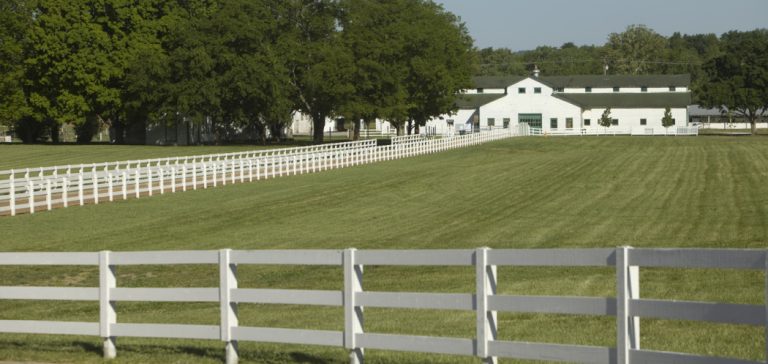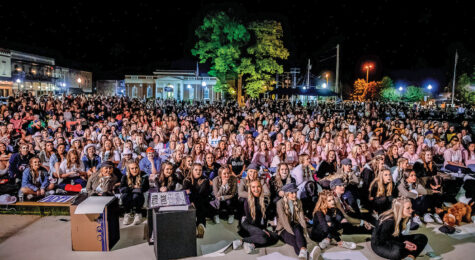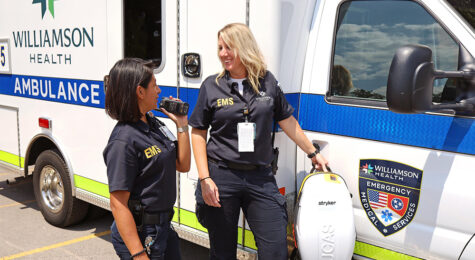Williamson County & Franklin, TN Grow Business with Charm
Growth balanced with history appeals across generations.

While Williamson County, Tenn. tops the nation in job growth and consistently lures new residents with excellent schools and modern amenities, the community has maintained a near-perfect mix of progress and historic preservation. This is most evident in the county seat of Franklin, a magnificent blend of old and new that encompasses a Civil War battlefield in the midst of a picture-perfect historic downtown and retail-rich Cool Springs with its ongoing, robust mixed-use development.
It all makes for a tapestry of thoughtful growth that draws residents from every demographic — from millennials flocking to walkable condominium developments to families looking for a suburban roost, to seniors drawn to attractive real estate options and peaceful pastoral scenery.
“Franklin has a vibe and an energy that says something to everybody,” says downtown Franklin resident and business owner Jay Sheridan of Sheridan Public Relations. “If I were trying to curate a small town to include everything I thought it should have, Franklin would be the blueprint. I probably take for granted how fortunate I am to live and work in the middle of it.”
See where Franklin, TN ranked on our Best Cities for Historic Preservation List!
Historic Franklin Development
Walking downtown on any given day past the plethora of merchants dealing in everything from garden supplies to fashion to sporting goods, one can find local goods and national brands, great restaurants and the restored grandeur of the Franklin Theatre. The theater’s refurbishment just a few years ago has provided not only a glamorous marquee, but a destination to see star musicians, fun live theatrical productions by Studio Tenn, and a host of other opportunities.
The theater restoration underlines how this community successfully comes together to preserve the past while making wise decisions about its future, says Mary Pearce, executive director of the Heritage Foundation of Franklin & Williamson County, an organization focused on preserving the area’s rich architectural, cultural and geographic heritage.
“When we talk about both growth and preservation, it’s important there be a continuous dialog in the community,” Pearce says. “Everybody has to buy in to that — the city, the county, developers, residents, preservationists. We all need to have the same goal.”
The end results are projects everyone can be proud of, including recent accomplishments such as Carter House Gin Park, located in a central site of the Civil War Battle of Franklin. The Heritage Foundation’s office has moved to the Old, Old Jail on Bridge Street, a project that revived the city jail that was used from 1941 to the 1970s.
Residents can even take in a vintage baseball game at Carnton Plantation annually, watching players abide by the rules and traditions of the game as it was played during the Civil War.
“We look forward to hosting these old-style games each year,” says Eric Jacobson, chief executive officer of the Battle of Franklin Trust. “Carnton Plantation is the perfect setting for bringing 1860s baseball to life.”
Meanwhile, the renovation and renewed use of The Park at Harlinsdale Farm, complete with a state-of the-art equestrian facility, celebrates the area’s equine breeding legacy while creating a beautiful new venue where the community can gather. The restored McLemore House, built by freed slaves after the Civil War, is a museum dedicated to preserving the heritage and culture of African Americans in the area.
Commitment to smart growth, shared vision and cooperation among preservation leaders also have contributed to new development in downtown Franklin — a boutique hotel and another in discussion.
Improving Walkability
Pearce says the “next big thing” might just be trails in and around Franklin, especially considering how walkability appeals to all segments of the population.
“I want those trails to come,” Pearce says. ”I visit my son in Seattle frequently, I’ve seen the way other communities in the U.S. embrace walkability, and I think that’s very important to our residents as well. That’s a direction we have to go. We need to deal with transportation, because our residents want to do more than just sit in cars. Millennials, for example, and seniors, too, are looking to live in places that are walkable.”
Pearce says she and other community leaders are always looking for ways growth will appeal across age demographics, including housing that reaches all ages and answers the needs of all the workforce.
“We want to be incredibly livable, and we want to bring in the tourists, too,” she adds, citing the community’s outstanding downtown arts festivals that bring in guests and residents alike.



